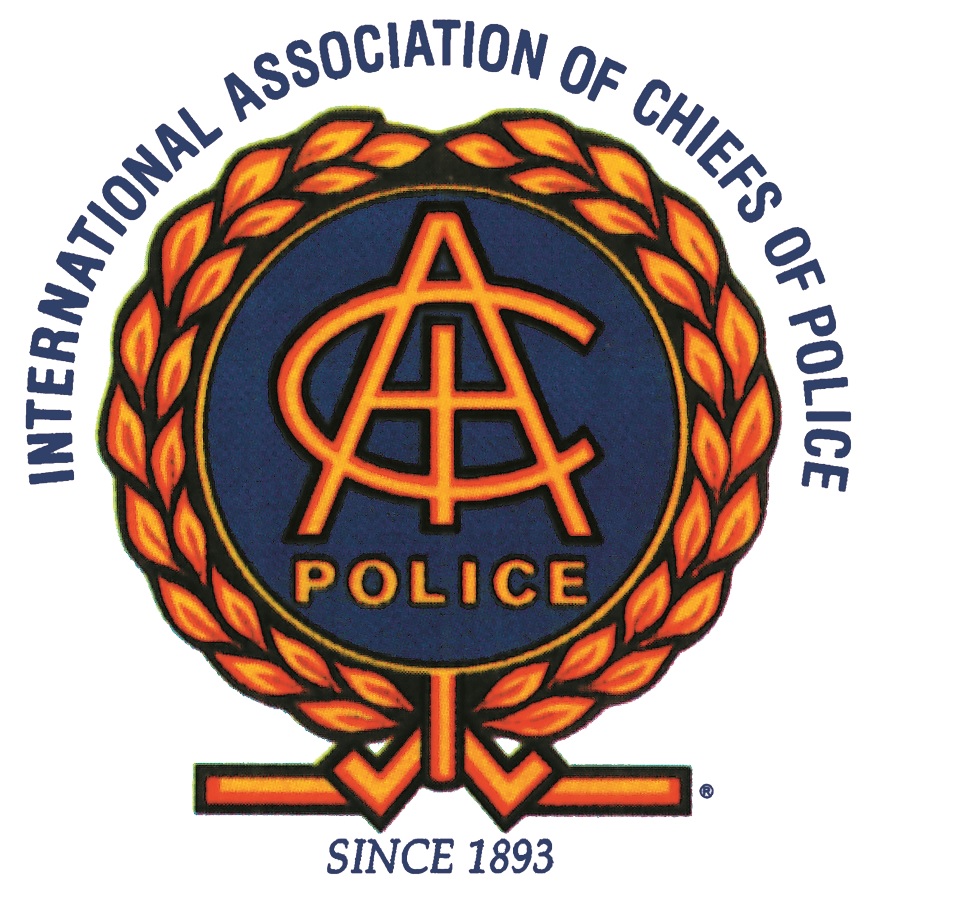International Association of Chiefs of Police
The International Association of Chiefs of Police (IACP) is a nonprofit membership organization supporting law enforcement leaders around the world. With more than 25,000 members in over 100 countries, the IACP serves chief executives and law enforcement professionals of all ranks at the state, local, tribal, municipal, and federal level, as well as non-sworn leaders across the criminal justice system. As the largest and longest-standing law enforcement leadership association, the IACP has launched historically acclaimed programs such as the Uniform Crime Reporting system and conducted groundbreaking research on all aspects of law enforcement operations, systemic justice issues, and community-wide problems. The IACP supports law enforcement through advocacy, training, research, and professional services, and enhances communication and collaboration through various specialized forums.
The IACP has been working on school safety and juvenile justice efforts with federal, state, and local partners for over 19 years, using a trauma-informed and developmental approach. IACP’s school/justice resources for law enforcement and allied stakeholders include school safety, juvenile interview/interrogation, and responding to adolescent girls online and classroom training, and resources and tools on cyberbullying, adolescent brain development, bullying in schools, partnering for school safety, best practices in school safety, digital imaging in schools, threat assessment, youth diversion, community involvement in campus safety, preventing and responding to school violence, youth-focused policing, child sex trafficking, safeguarding children of arrested parents, and children exposed to violence.
The IACP has been working on school safety and juvenile justice efforts with federal, state, and local partners for over 19 years, using a trauma-informed and developmental approach. IACP’s school/justice resources for law enforcement and allied stakeholders include school safety, juvenile interview/interrogation, and responding to adolescent girls online and classroom training, and resources and tools on cyberbullying, adolescent brain development, bullying in schools, partnering for school safety, best practices in school safety, digital imaging in schools, threat assessment, youth diversion, community involvement in campus safety, preventing and responding to school violence, youth-focused policing, child sex trafficking, safeguarding children of arrested parents, and children exposed to violence.




